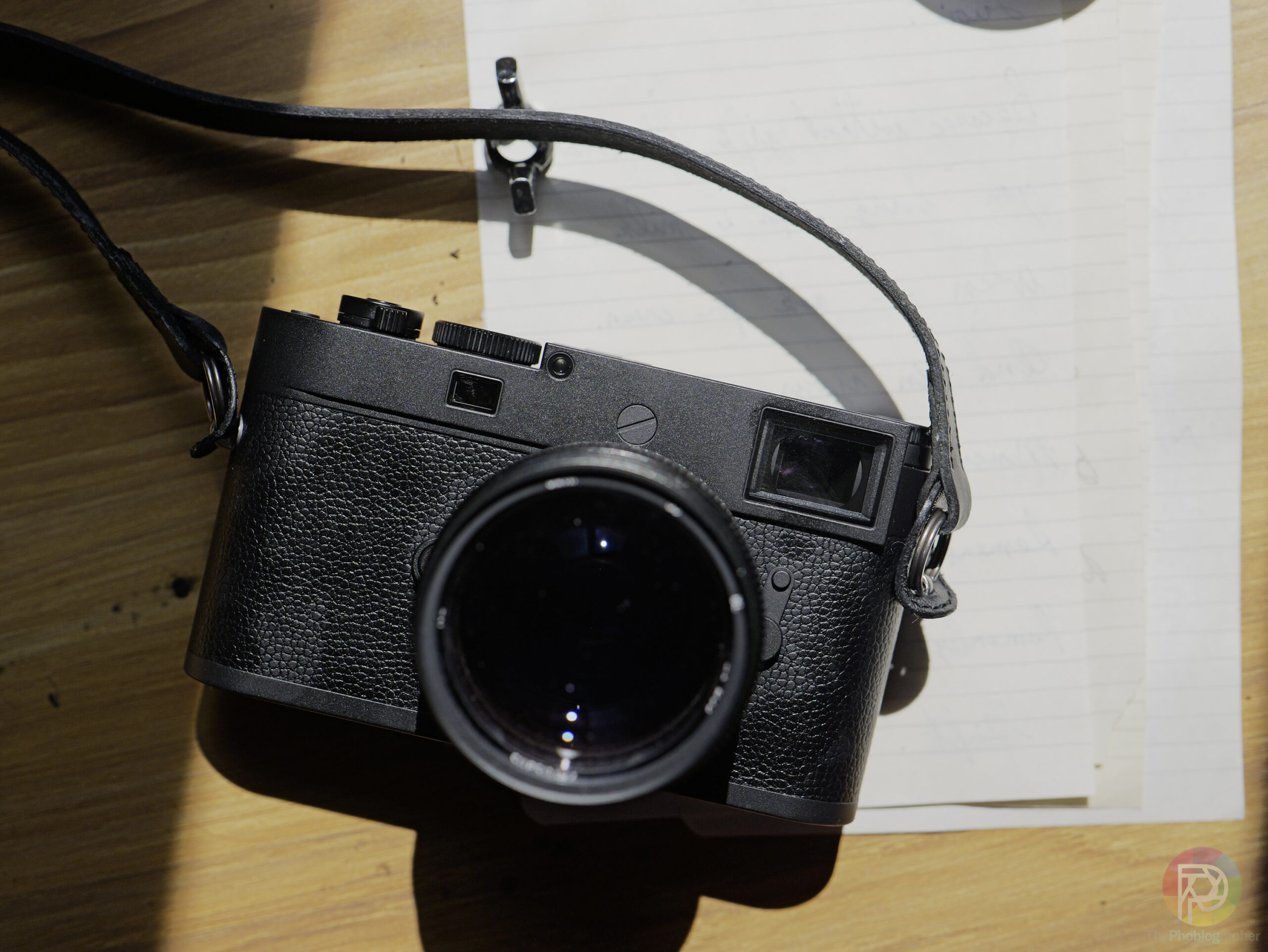The Leica M11 Monochrom is as lovely as the first cherry blossom of the emerging spring. When you look at the camera, it’s got an all-matte black aesthetic designed to appeal to the stealth look. And when you click the shutter, you’ll barely hear it, but you’ll indeed feel it. That just adds to the beauty of the Leica M11 Monochrom. And by all means, very few people really need this camera. But what it lets you do it shoot with a lot more freedom and forces your mind to think totally different.
Editor’s Note: We’re not writing this like our typical reviews. The Leica M11 Monochrom is mostly the same camera as the M11, so you can check out that review for more details.
Table of Contents
Pros
- Beautiful image quality
- Very sharp images
- High ISO is more or less a non-issue
- It’s really difficult to take a bad photo with this camera.
- Feels so right and perfect in the hand
- Only comes in aluminum, so it’s lighter than the brass variants of the M11.
Cons
- You really have to ensure that you keep the highlights
- More or less a very post-production-oriented shooting experience.
- Rolling shutter issues are really, really apparent
The Big Differences
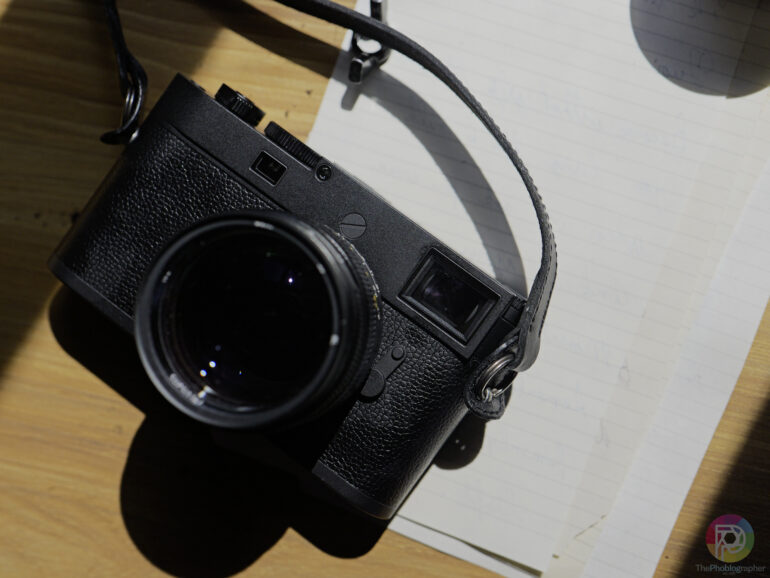
Here’s what we were told by Leica are the biggest differences.
- 256GB internal memory instead of the 64GB of the M11.
- ISO range starts at 125 and goes up to 200,000 natively.
- Sapphire glass LCD screen
- It takes in more light at a given ISO setting due to the lack of a bayer filter.
- Underexpose it and fix it in post-production; that’s the name of the game here.
In reality, the Leica M11 Monochrom has a really odd meter. If you’re shooting in manual mode, you’d expect that the rules of Sunny 16 would apply. And for the most part, they do, if you want to do a lot of post-production. But compared to what I get from the Leica M6’s meter and even my own eyes, the M11’s light meter is odd whether or not you’re in the highlight-weighted priority mode, which Leica recommends.
Near Perfect Ergonomics
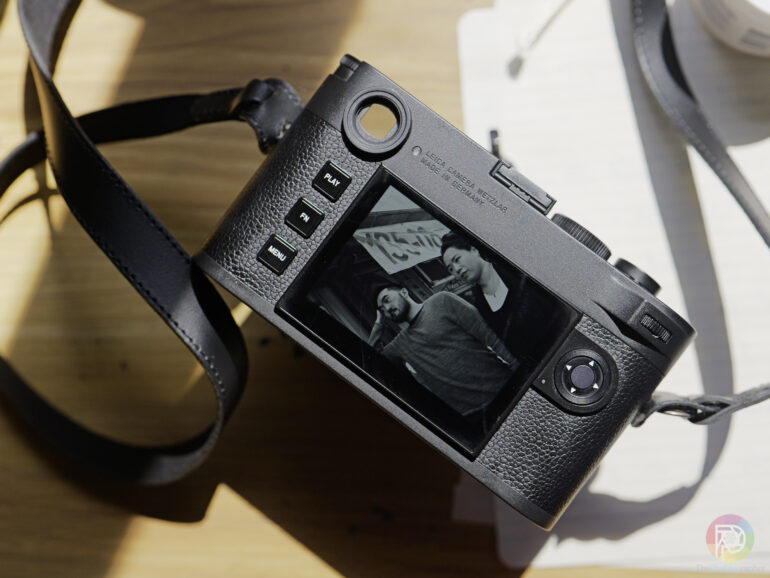
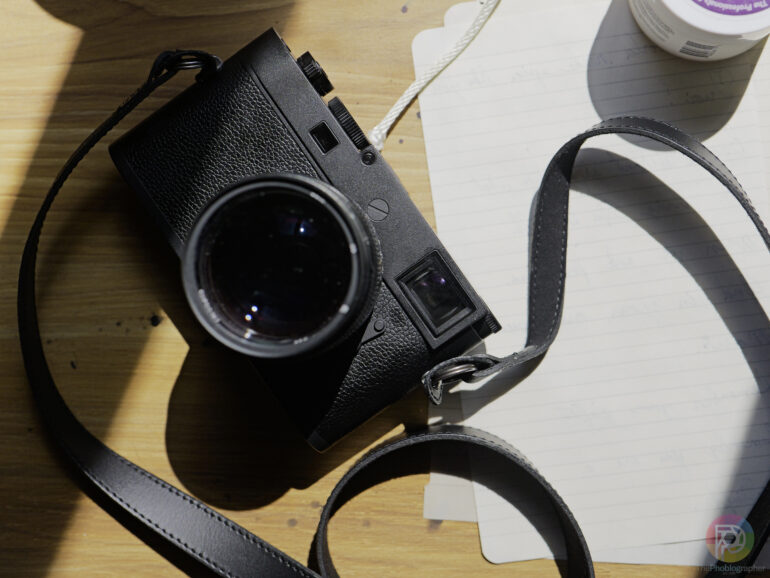
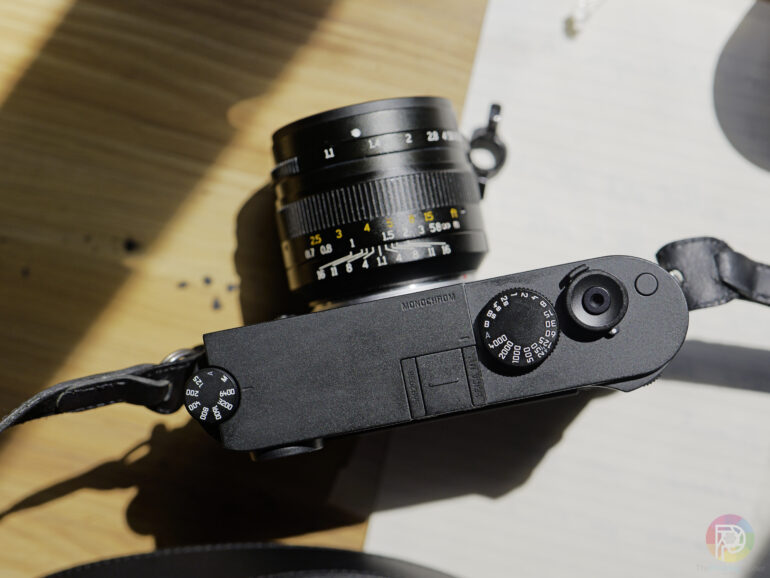
If you’ve ever browsed Instagram and looked at photos of photographers holding Leica cameras, they often feel romanticist. And in the hand, you’ll get the same feeling. I don’t, and never have needed a big grip to hold onto a camera. Instead, I just learned to hold a Leica rangefinder the way that they’re designed to be held. With that comes the ability to shoot easily and in a clandestine fashion. You can candidly capture moments on the street without even putting the camera to your eye. How? Well, if you understand what a focal length looks like and focus it away to five feet, and then pay attention to your subjects as they come within that range, you don’t have to bring the camera to your eye. Instead, I typically like shooting from the chest. It gives a different perspective and lets me move so much faster. Further, I’ve learned to trust my shooting instincts over the years to know whether or not I got the shot. And most of the time, I nail it.
ISO is a Bourgeoise Concept
What’s really cool about the Leica M11 Monochrom is that you don’t have to be afraid of color noise. Instead, you can shoot at ISO 200,000 to your heart’s content. The hybrid or electronic shutter can take over if needed; but those present another set of challenges depending on the type of photographer you are. Those are discussed in the section specifically about rolling shutter.
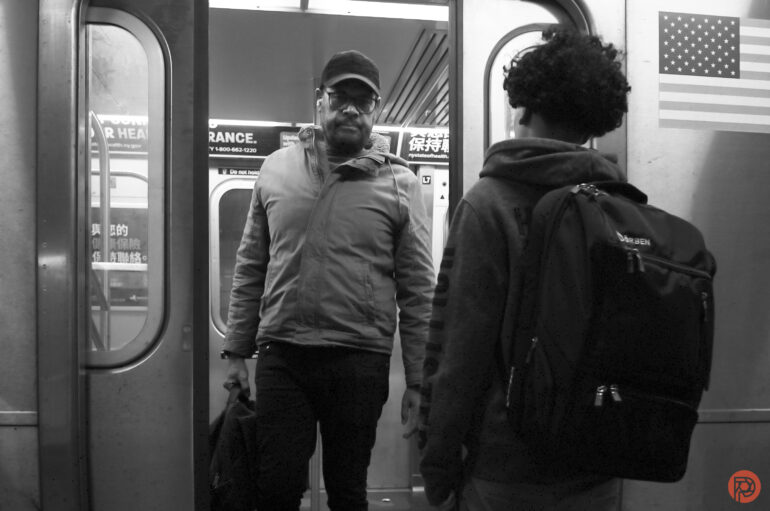
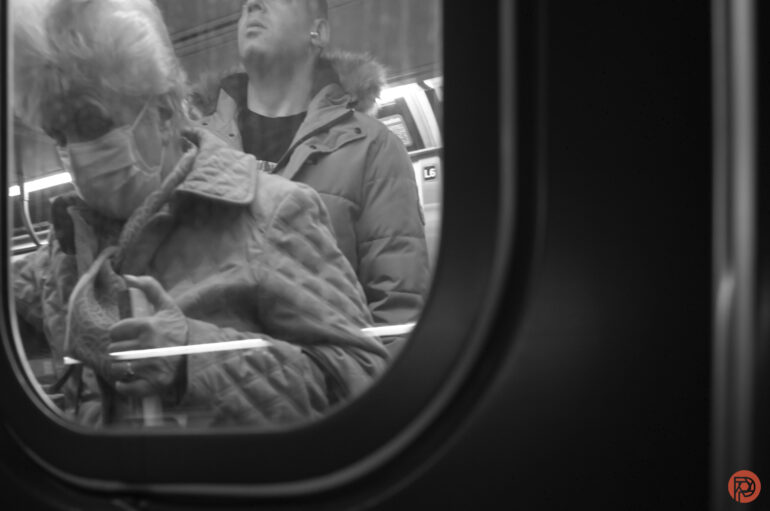
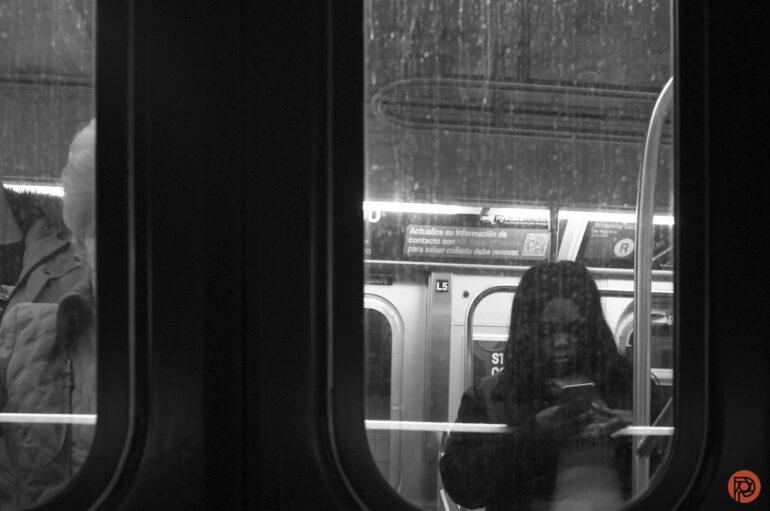
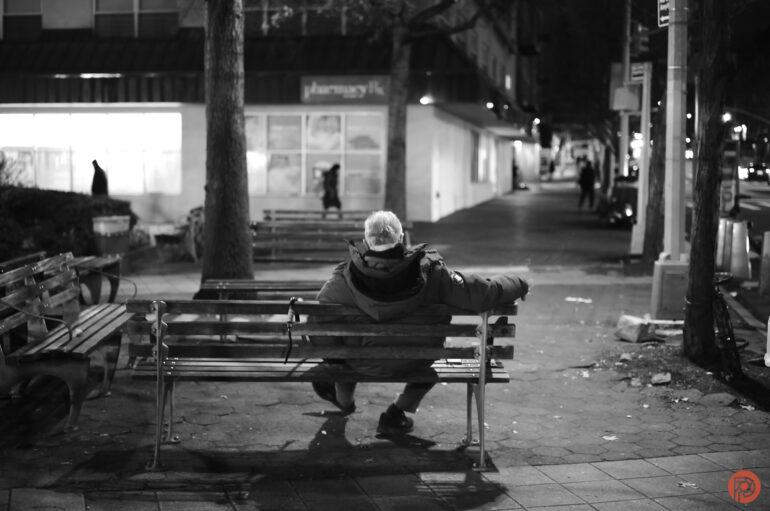
However, it’s really liberating to be able to just shoot photos and not really worry about the rest. Regularly I’d walk into the streets with the M11 Monochrom set to ISO 6400, 1/2000th shutter speed, and the aperture set to f5.6. Then I’d prefocus the lens to five or six feet away and be very happy. Because everything is in black and white, there’s less to care about. If you push the RAW file to bring out the shadows, the photos will still look good. Yes, there’s grain; but it works for the shot. This is a very emancipative way of shooting that’s only mirrored by Panasonic’s L Classic Monochrom and Fujifilm Acros Film simulations. And even then, the cameras still aren’t getting it perfectly right.
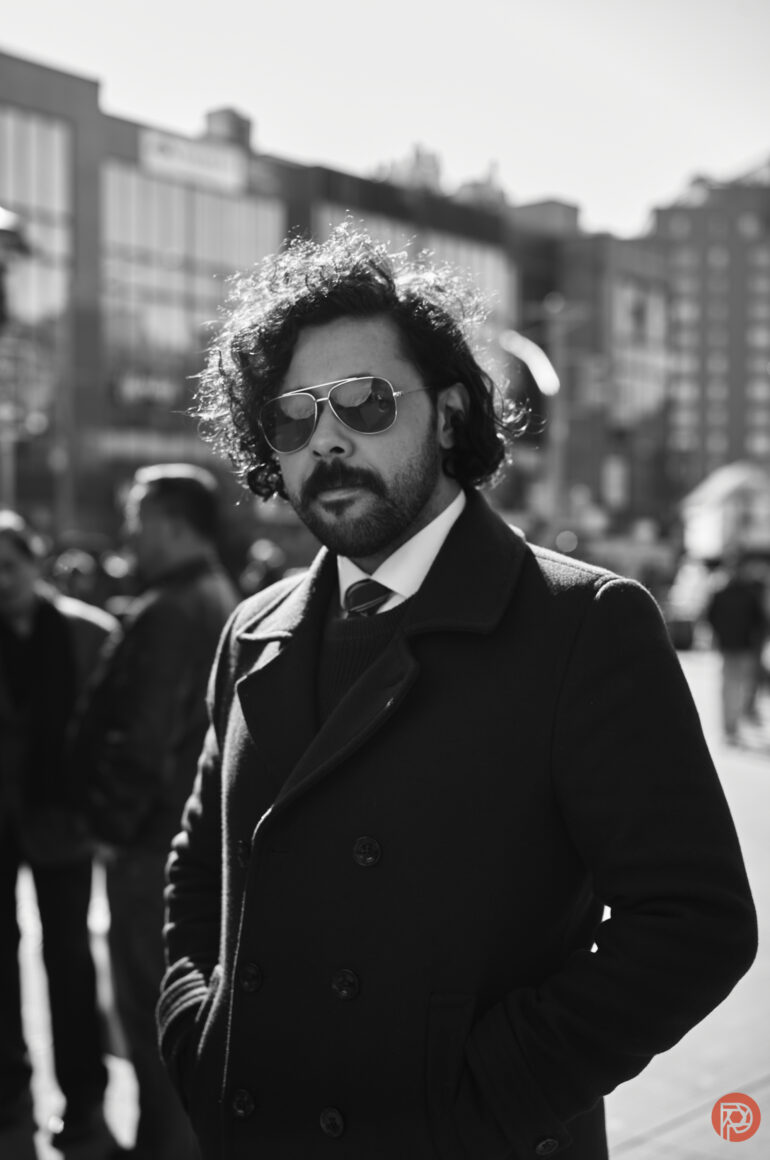
Here’s something to keep in mind, the camera doesn’t see colors. In fact, it only ever sees light. There’s no white balance setting at all, but you can switch to Sepia or something like Selenium. Just remember that you have to underexpose the scene because the camera can easily lose highlight information.
Also well worth noting: with the Profoto Connect Pro transmitter, the Leica M11 Monochrom can do high-speed sync pretty easily. Combine that with the super sharp image quality that the camera is already capable of, and you’ll be very happy. Just make sure that you get your subject in focus because that’s a very tough part of it all. Of course, you don’t have to get your subject perfectly in focus for the images to be great, either. This is black and white, and what the industry considers to be traditional “flaws” can and should be embraced.
Focusing is Tough
The higher megapixels get, the more difficult manual focus becomes with rangefinders. Even with well-calibrated rangefinders, manual focus is incredibly difficult if you’re shooting wide open and focusing very carefully. It indeed becomes easier when you use zone focusing for stuff like street photography. If you get the Leica Visioflex EVF, this becomes easier to do. But overall, shooting wide open and getting a subject perfectly in focus is pretty tough with the Leica M11 Monochrom.
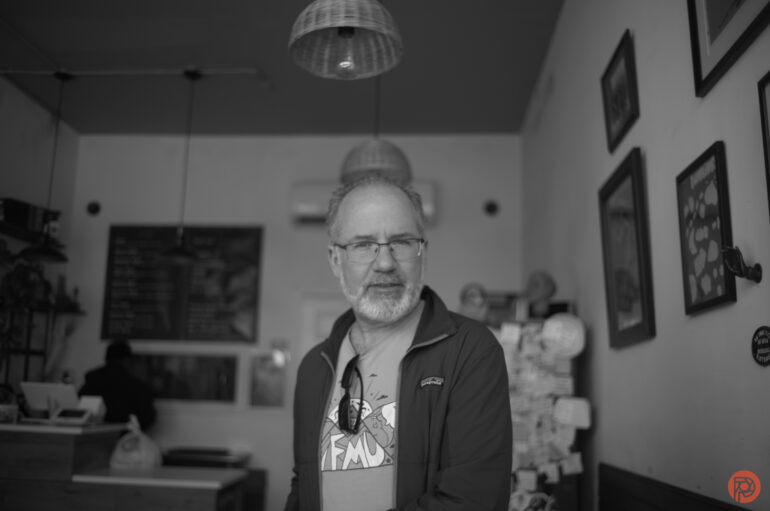
Part of the reasons why not only has to do with more megapixels on the sensor magnifying your own missed shots, but also the fact that Leica still hasn’t done much to give the viewfinder and the rangefinder windows an anti-reflective coating. If these windows get dirty, then focusing through the viewfinder becomes very tenuous.
Rolling Shutter
The Leica M11 Monochrom has a “problem” with rolling shutter. And I’m writing that purposely in quotes because we’ve been taught to think that it’s a problem. If you’re looking for crystal clear sharpness, then this is of course a problem. But you arguably might not always then buy a Leica, and you’re embracing the Leica for what the Japanese manufacturers call flaws.
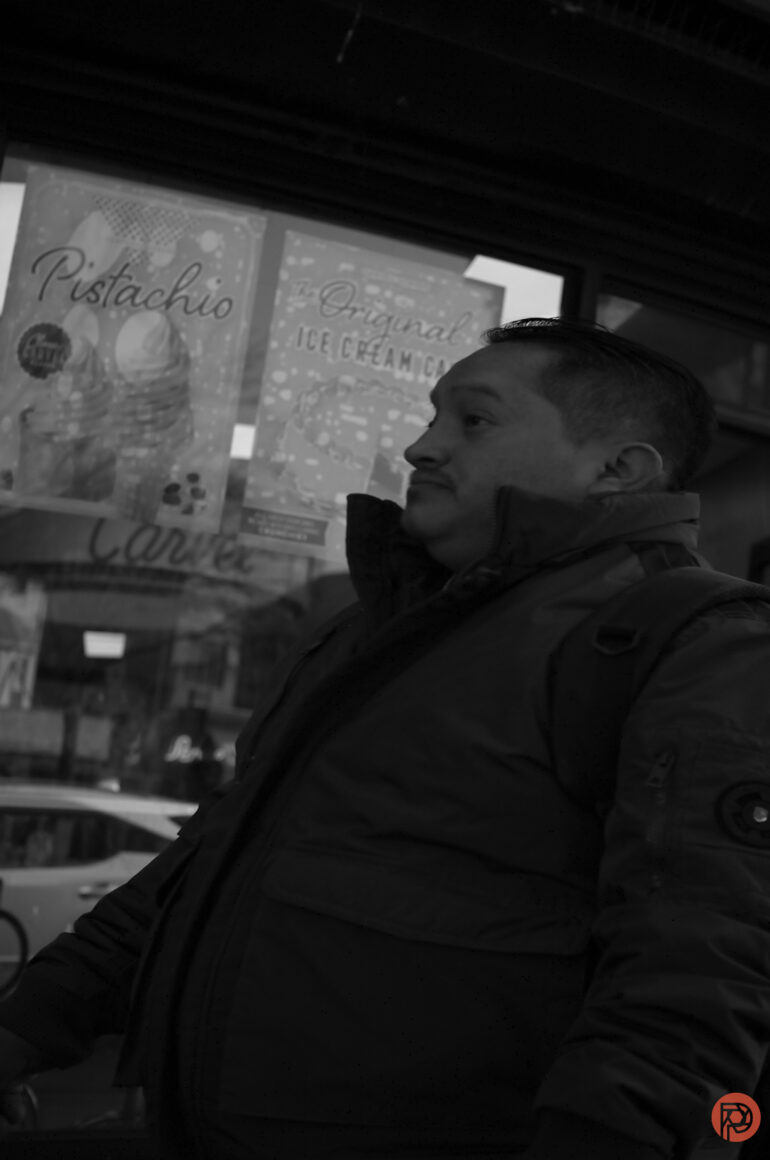
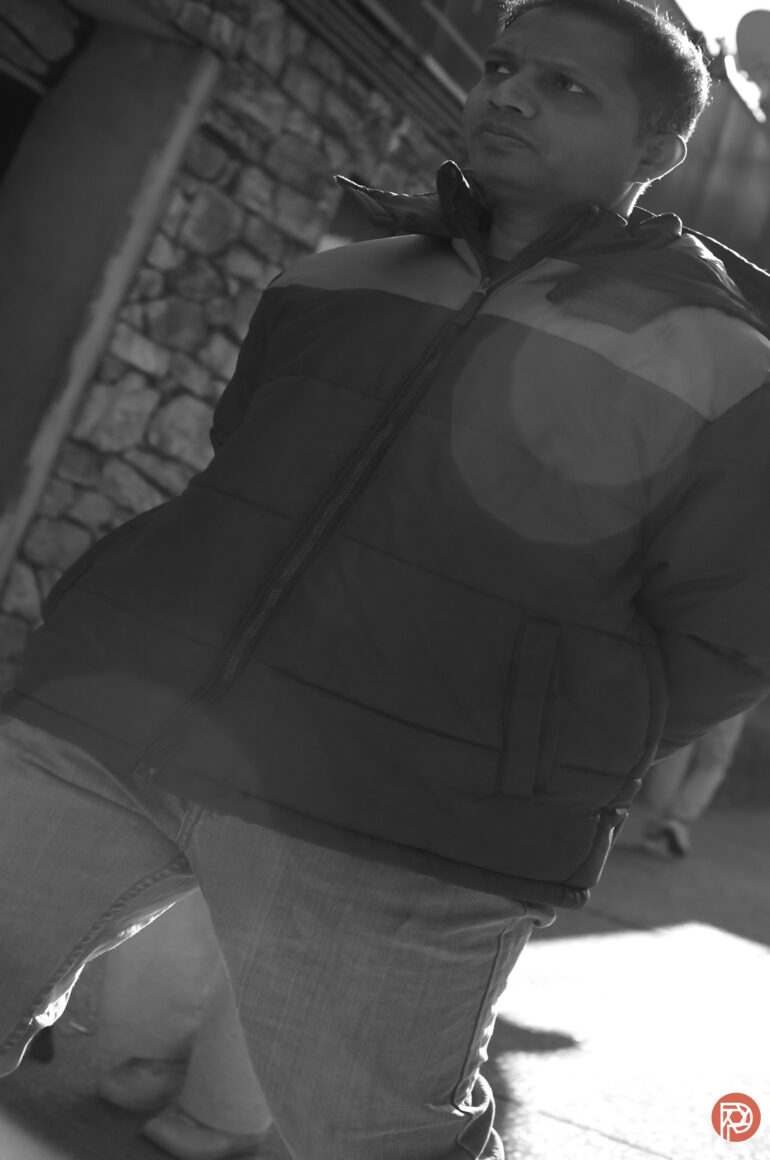
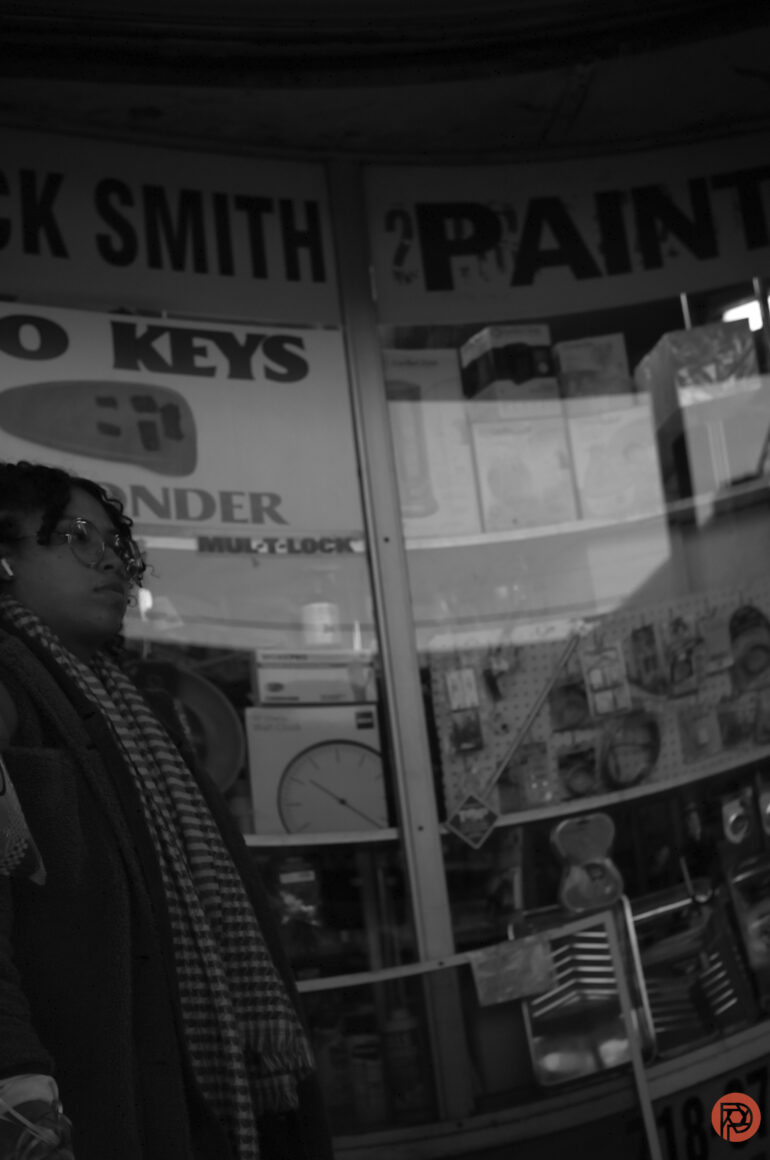
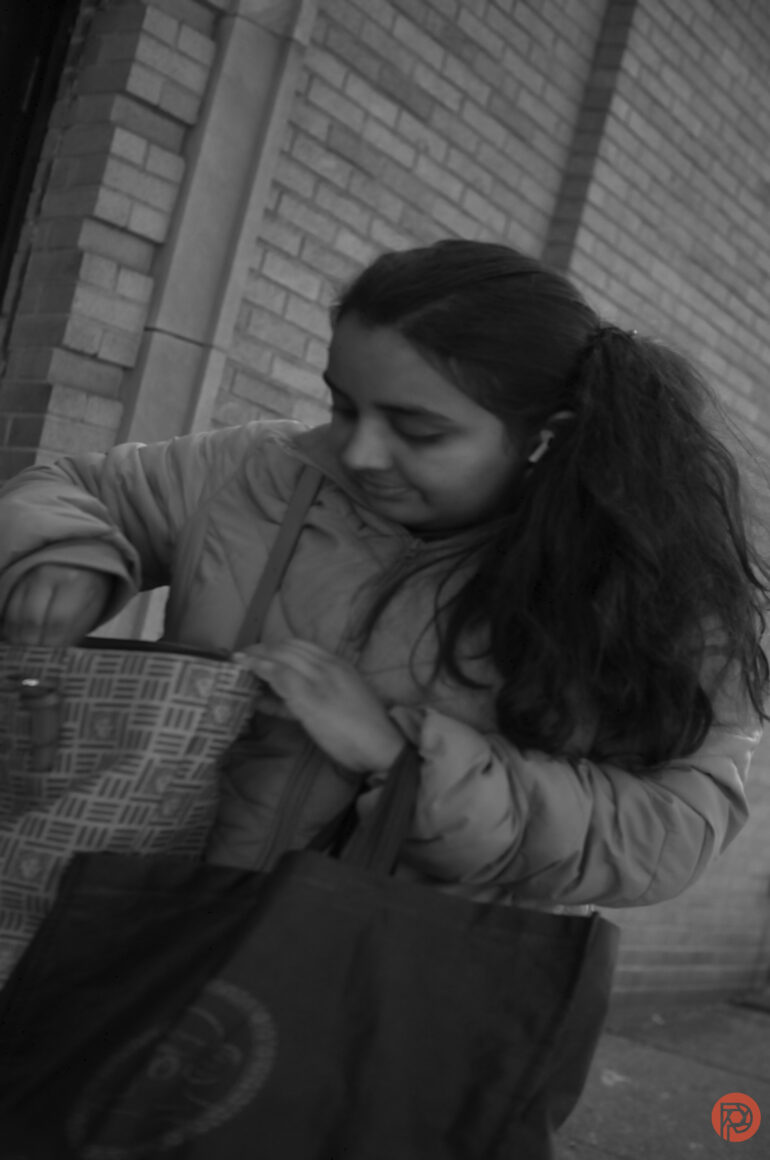
In an internal staff conversation, we’ve been rethinking how we approach reviews and art due to what’s going on with AI. And we’re thinking about being unapologetically human. If you look at the work of Henriette Sabroe Ebbesen, you’ll see that her photos have distortions and takes on the body that are typically frowned upon by most. But her work is art; and an AI probably wouldn’t try to make humans look that way. Instead, it’ll manicure them to look like an impossible beauty standard: which isn’t far off from what we do anyway in ads and stuff. But Henriette’s work at times looks like it embraced rolling shutter problems with a camera.
To that end, I think that we can embrace rolling shutter for artistic reasons. However, we also must keep in mind that there are folks that might need a silent electronic shutter without rolling issues. At the same time, the Leica M11 Monochrom’s shutter is very quiet as it is. And it doesn’t need to be perfectly silent.
So what am I saying here? Well, I’m looking at rolling shutter issues in a different light. And so is our staff. We understand that folks might need crystal clear clarity. If that’s the case, the M11 Monochrom can situationally disappoint you. But if you’re looking to embrace it for trippy artistic reasons, I think the Leica M11 Monochrom can be a fun tool that you’re pretty much already buying for the artistic reasons anyway.
Extra Image Samples
From day one, The Phoblographer has been huge on transparency with our audience. Nothing from this review is sponsored. Further, lots of folks will post reviews and show lots of editing in the photos. The problem then becomes that anyone and everyone can do the same thing. They’re not showing what the lens can do. So we have a section in our Extra Image Samples area to show edited and unedited photos. From this, you can make a decision for yourself.
Unedited
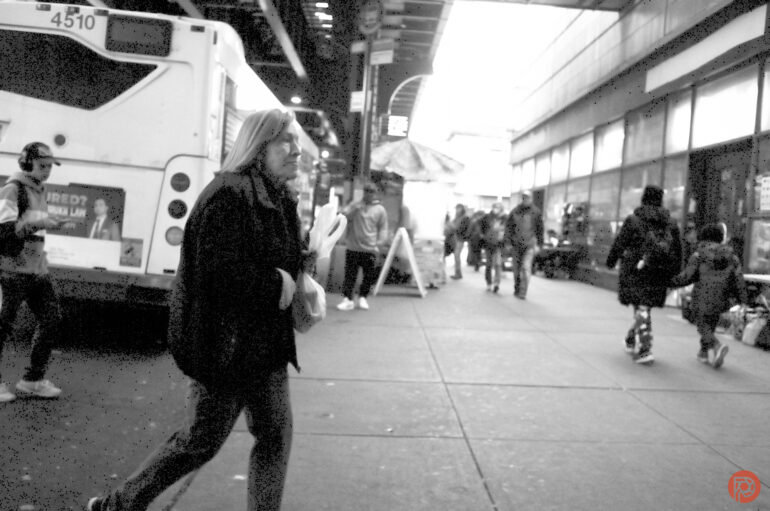

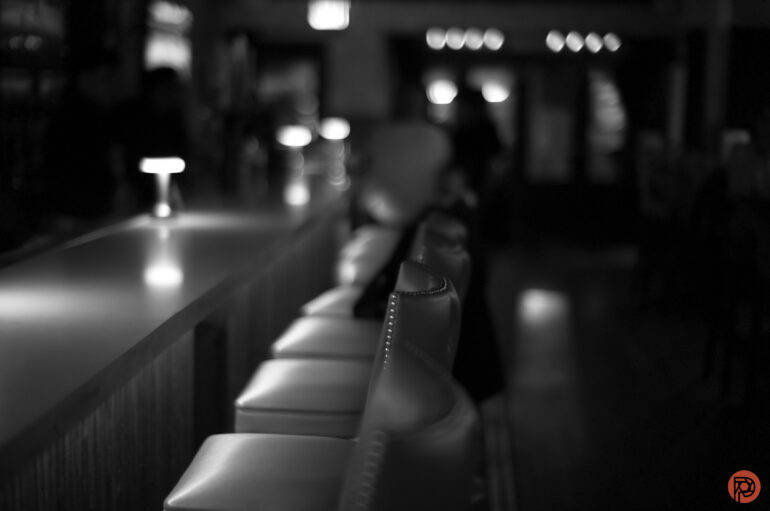

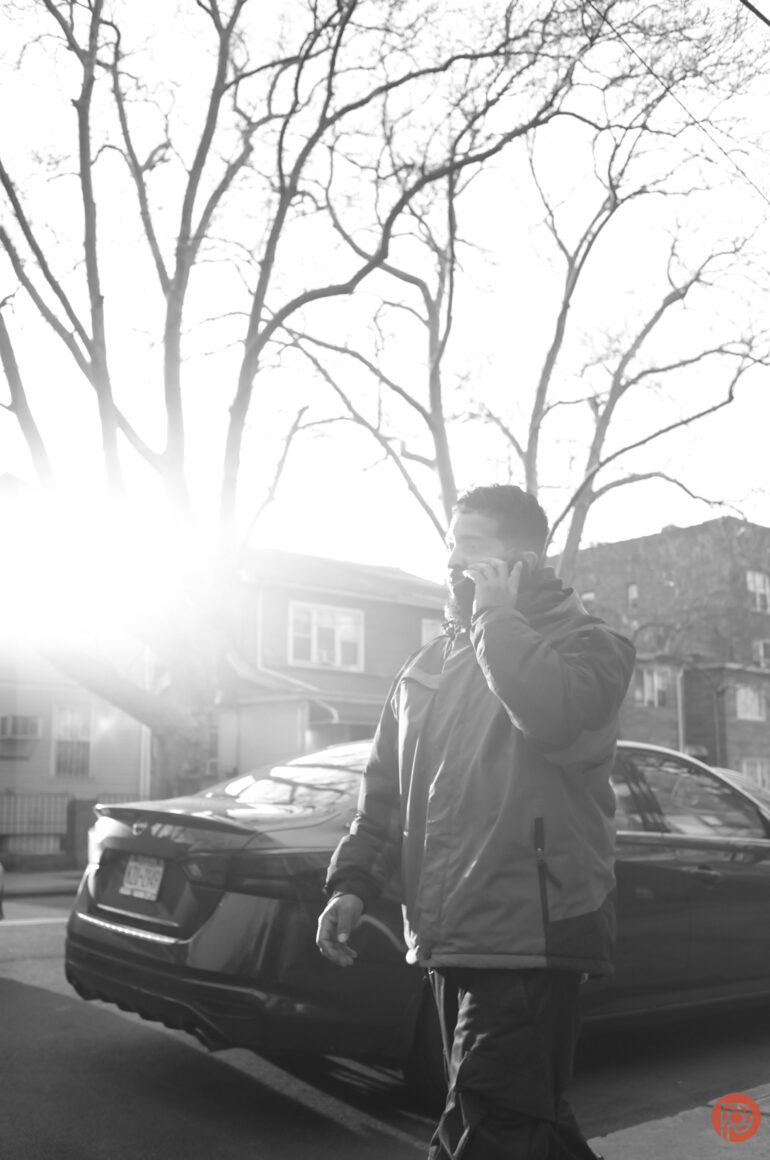
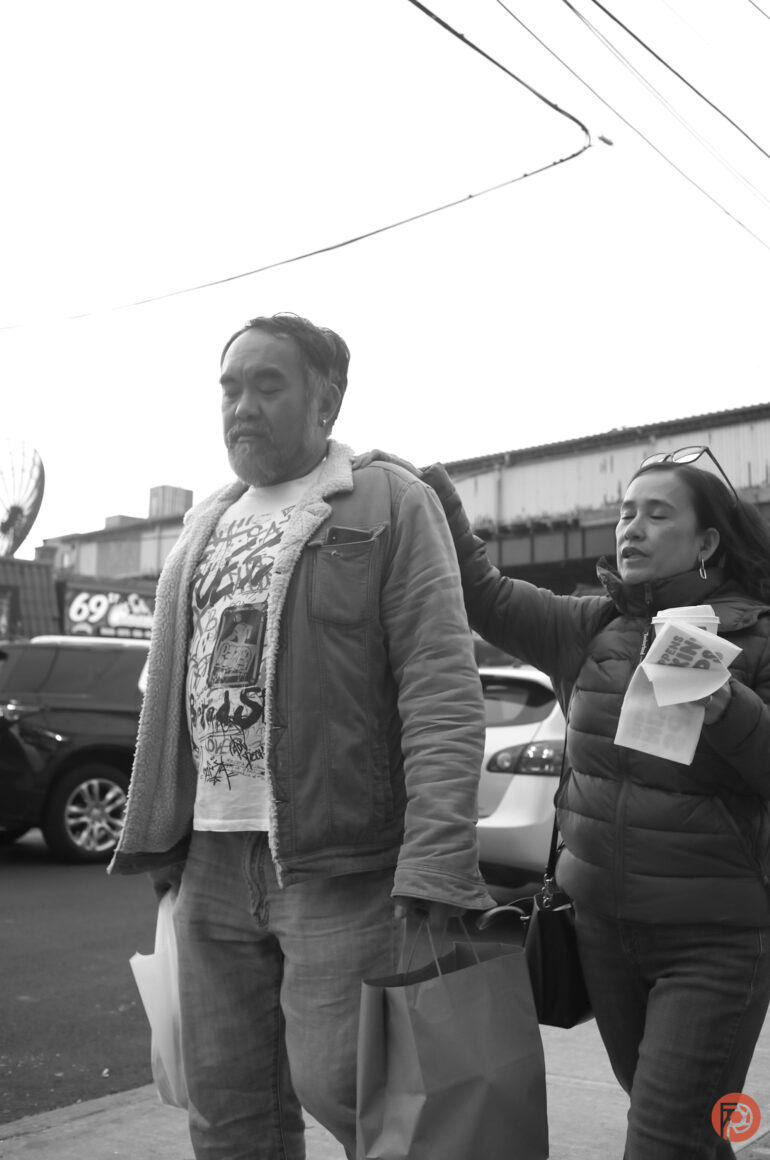

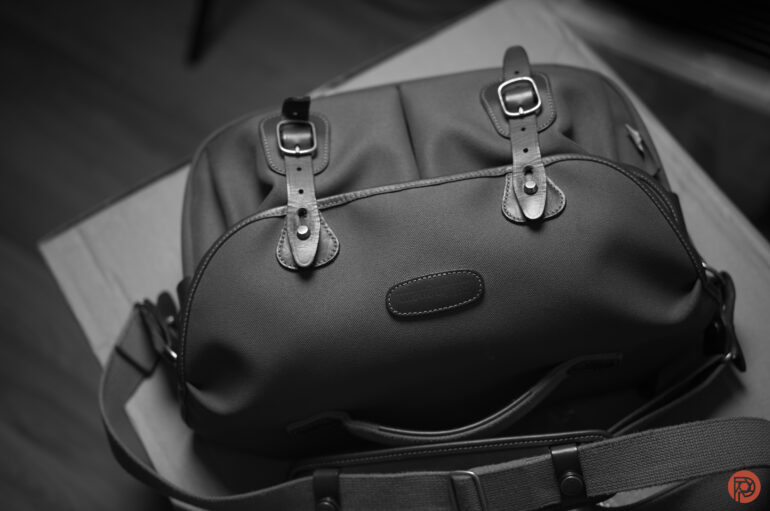
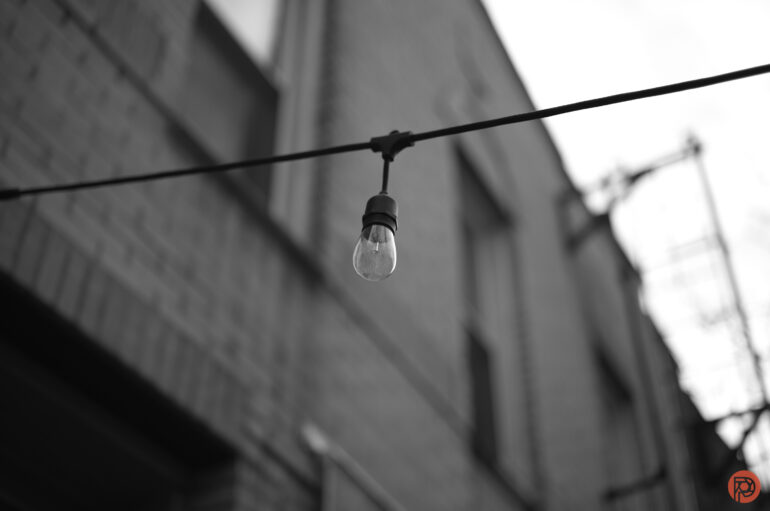

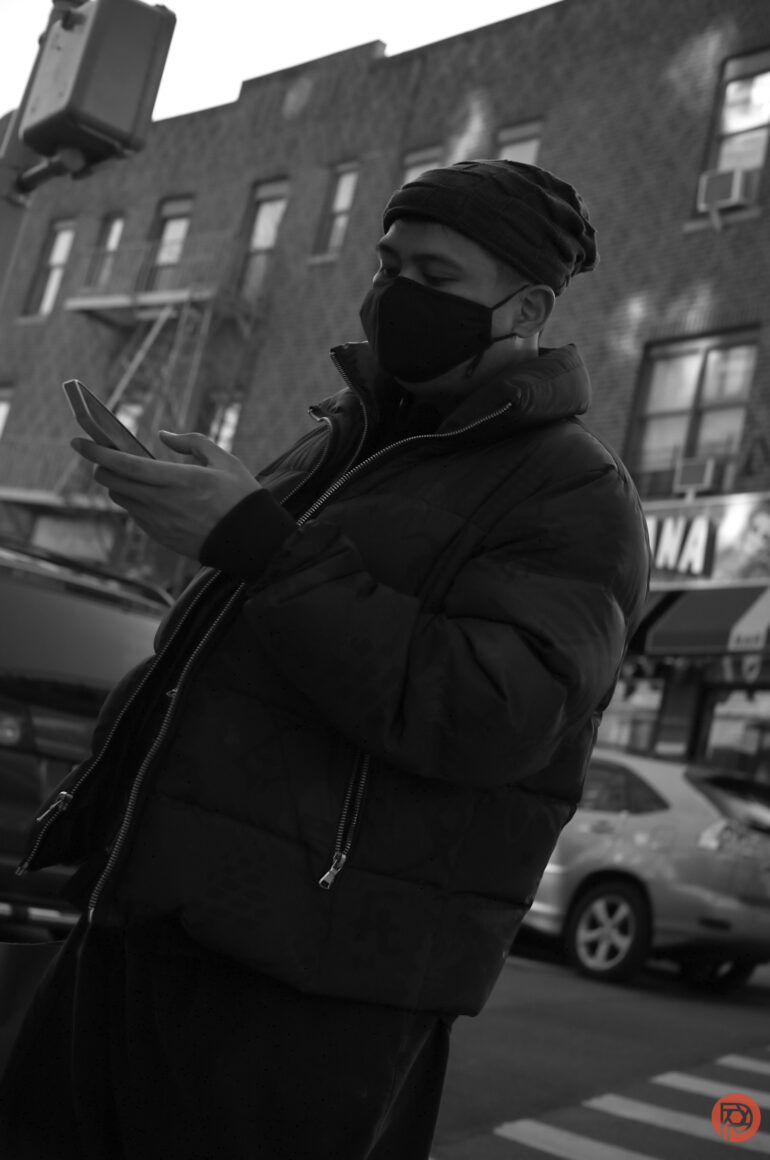
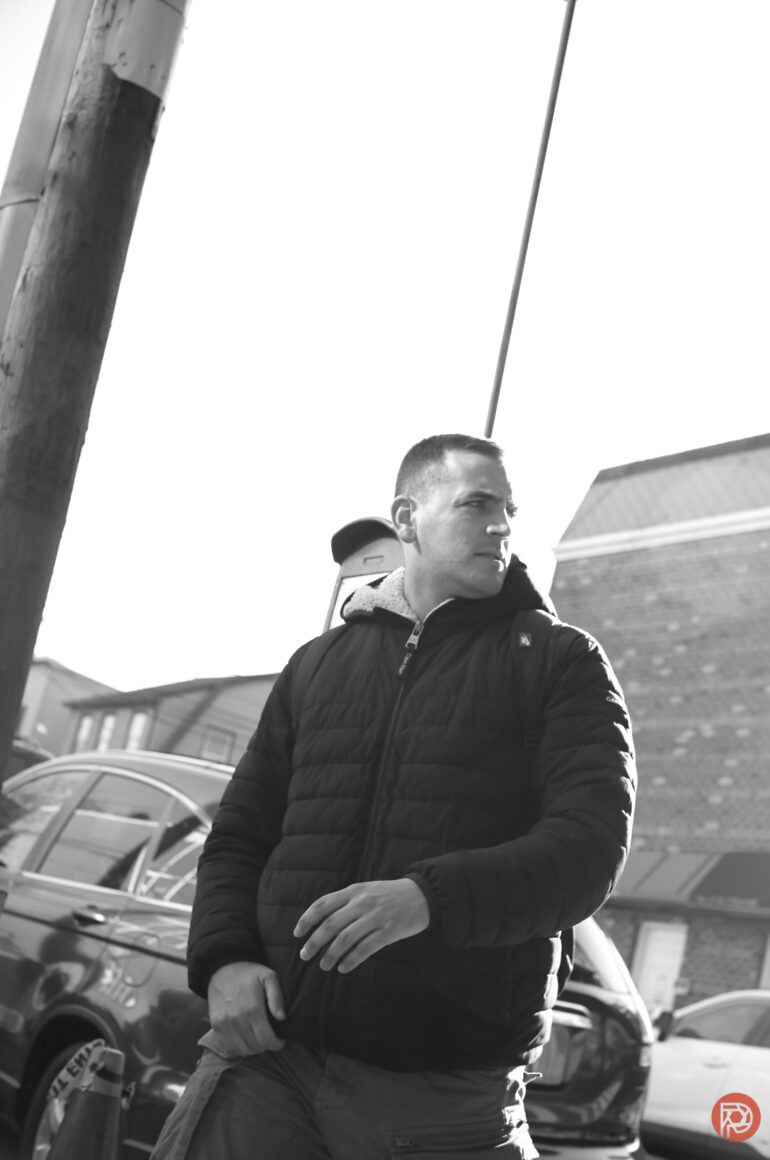
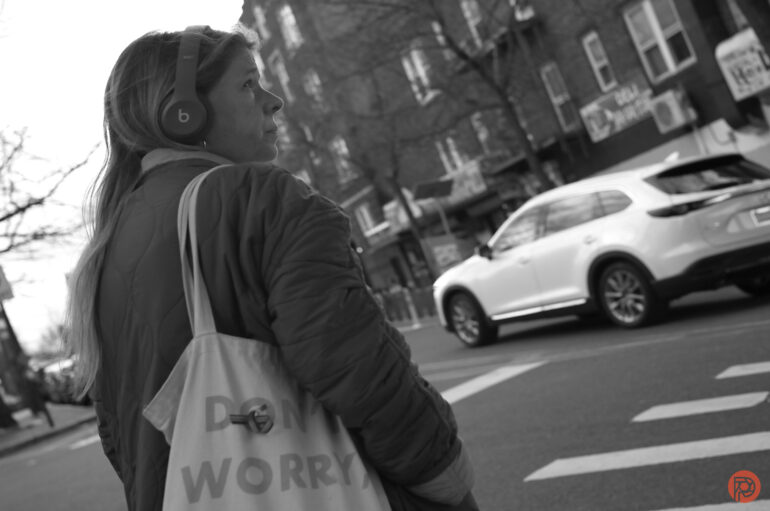

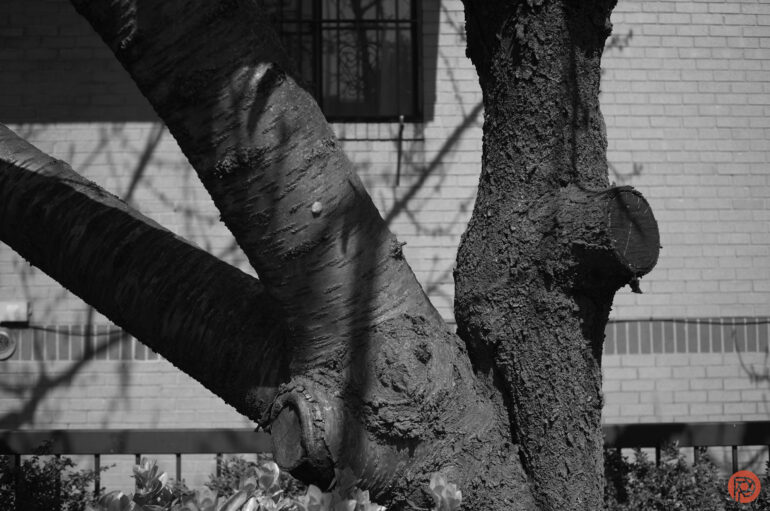

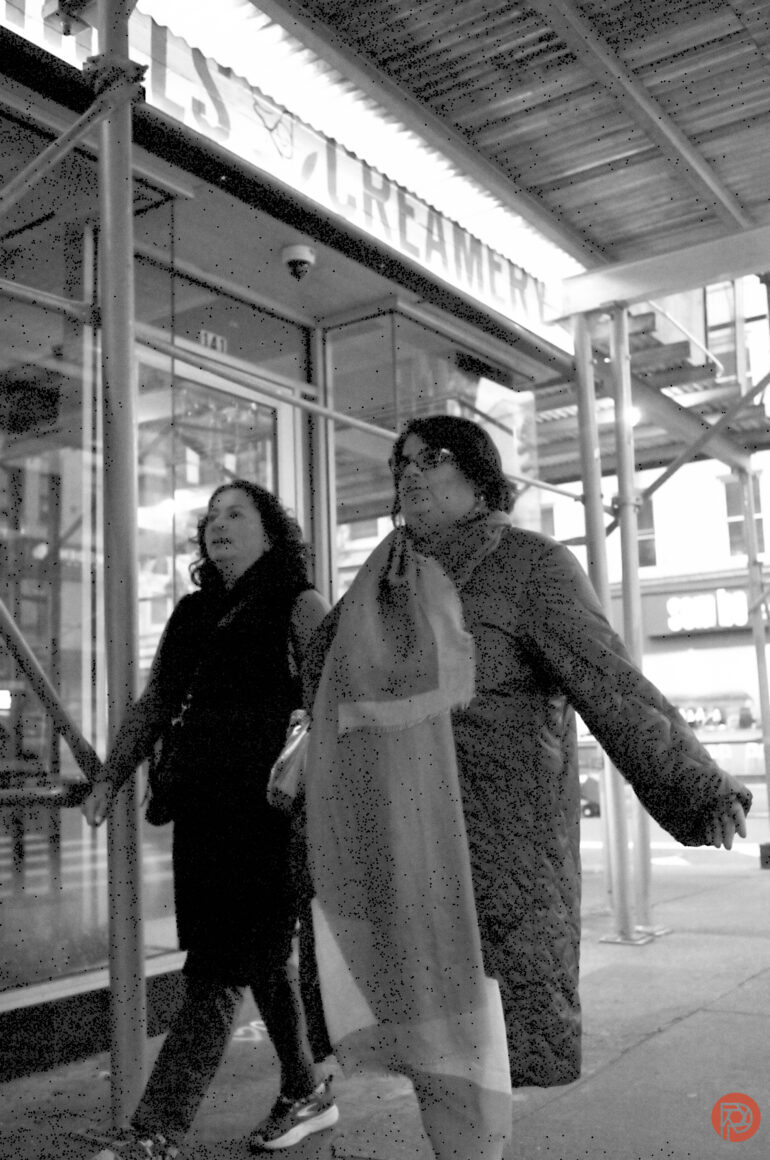
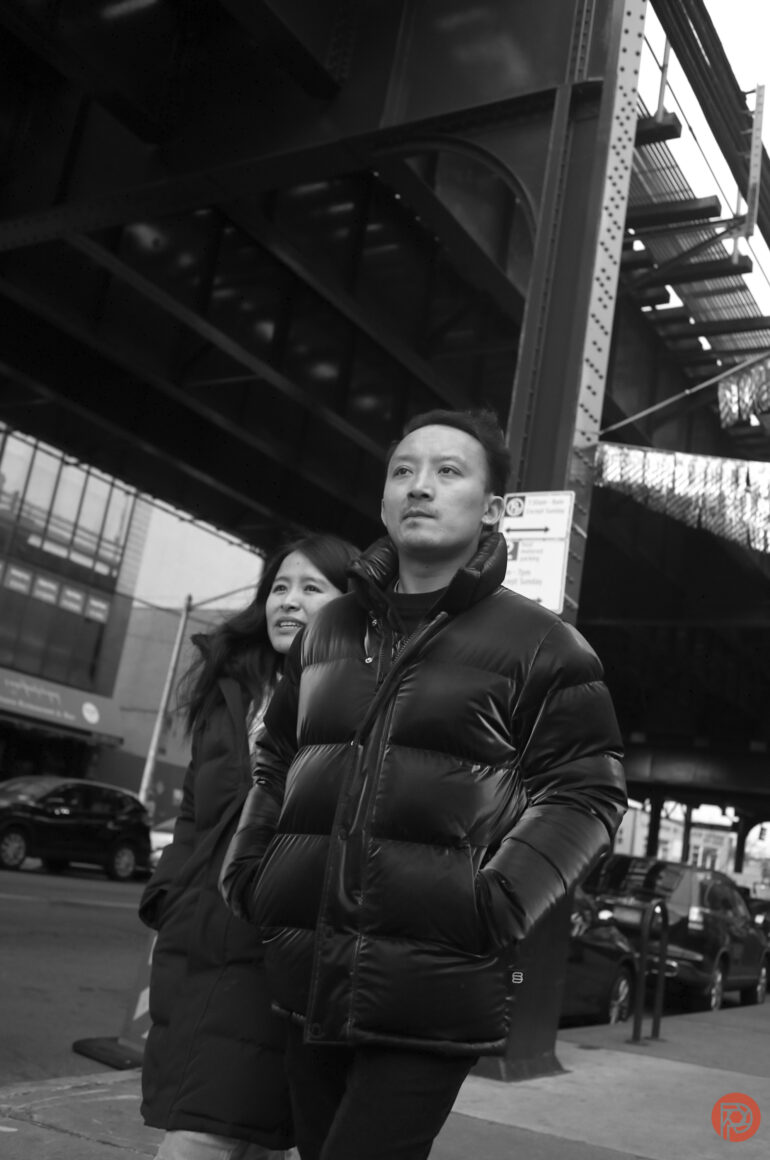
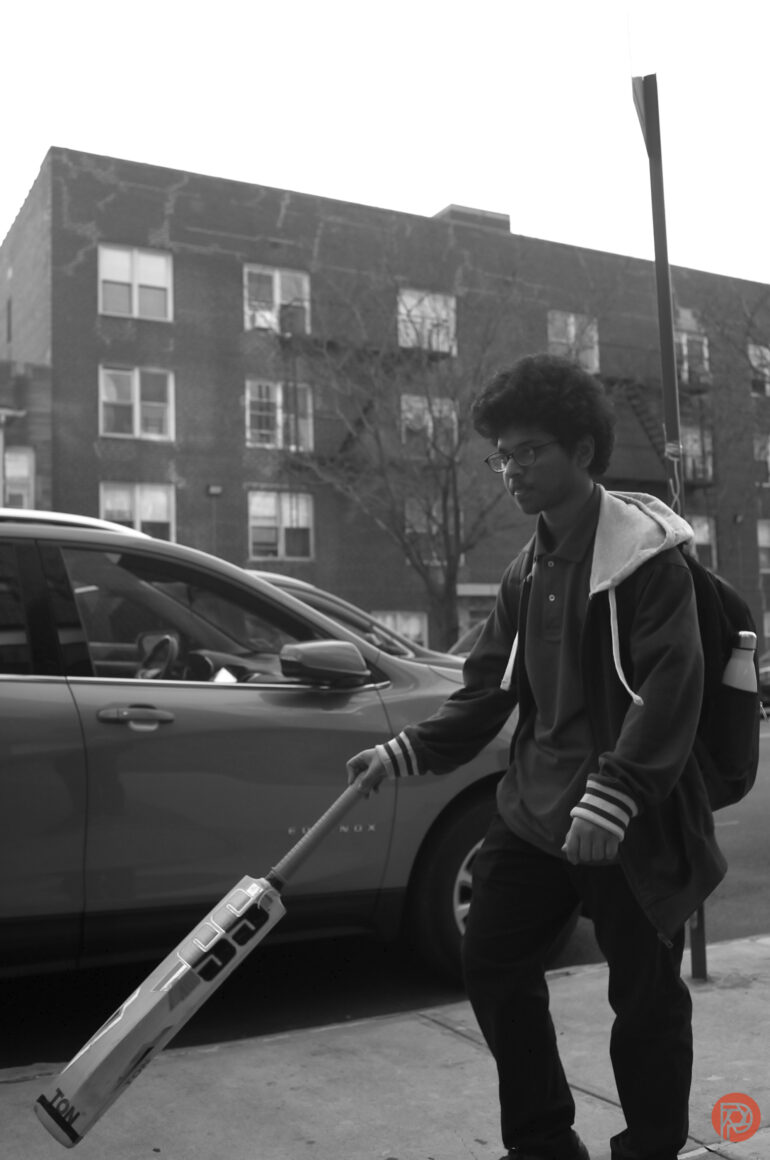


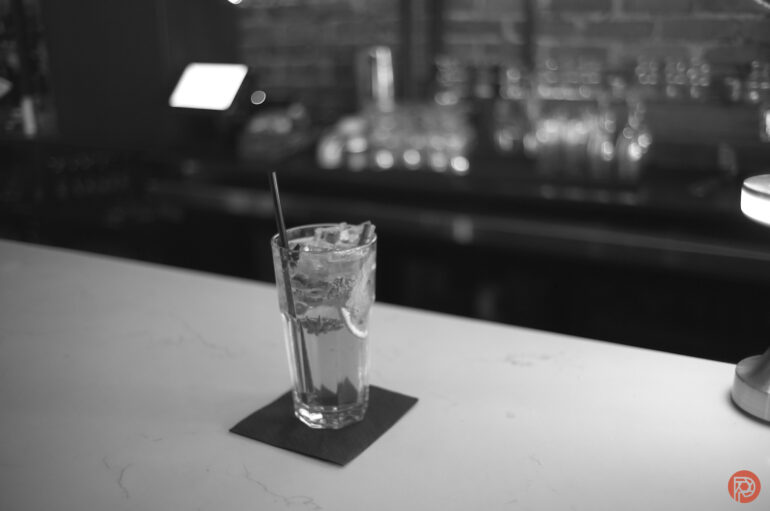
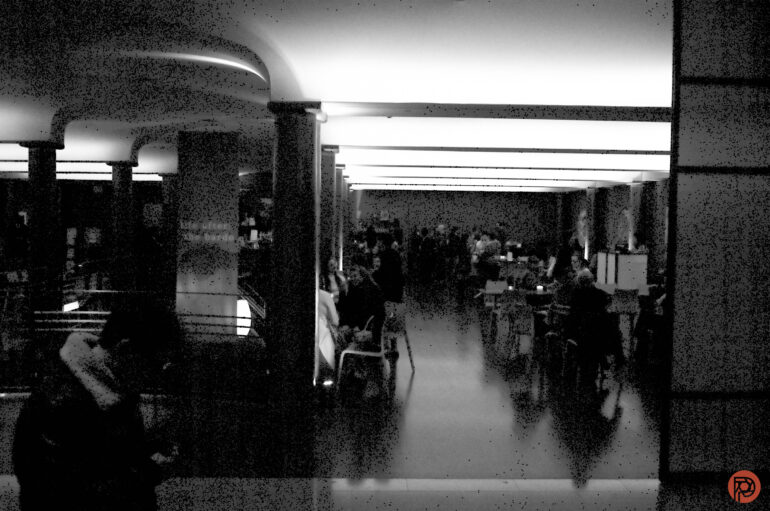
Edited

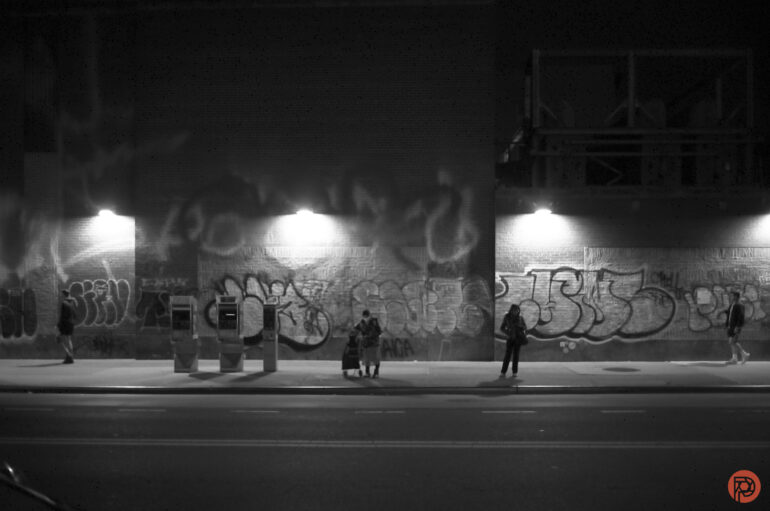

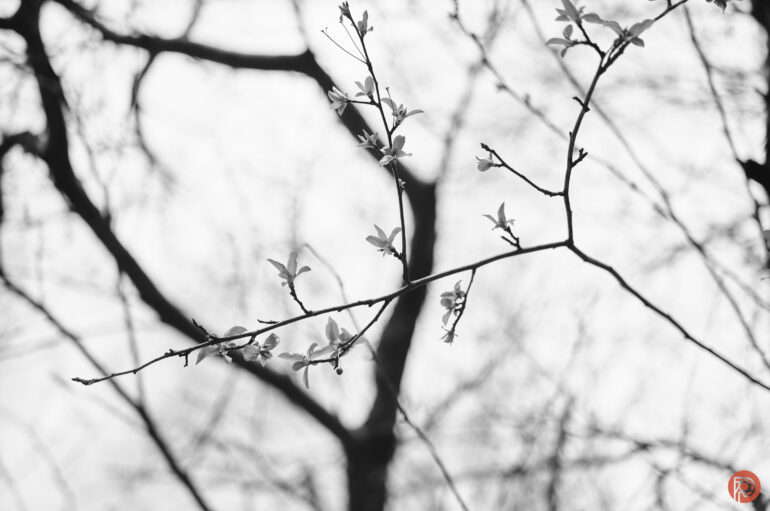
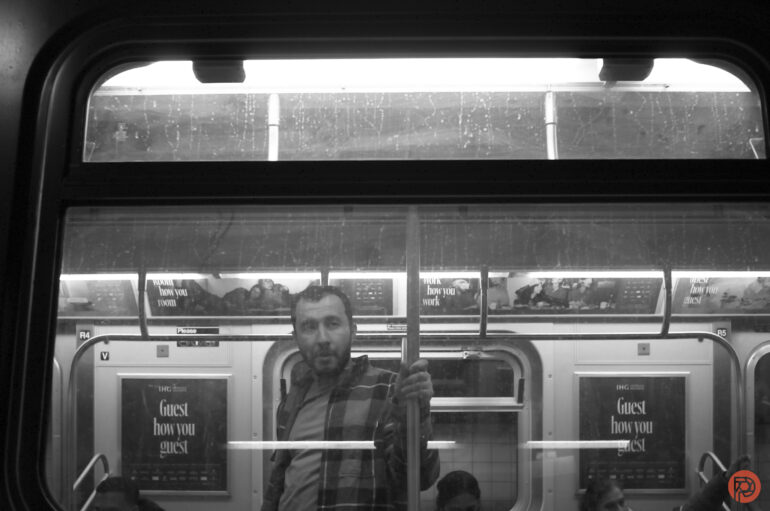
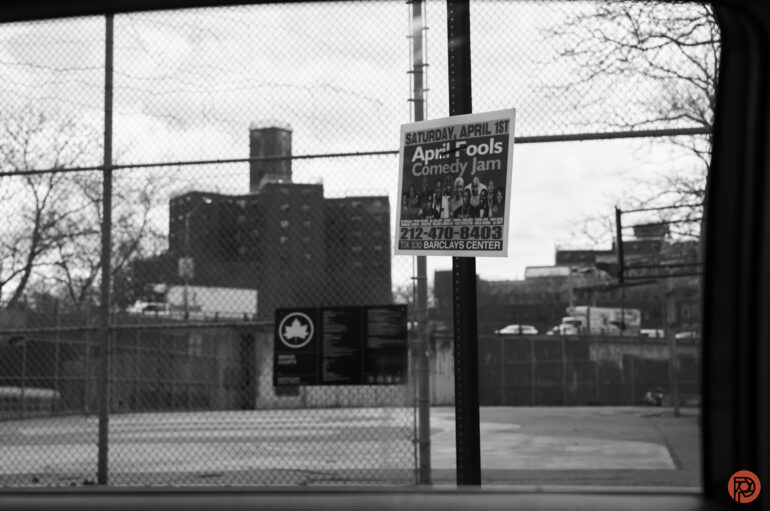
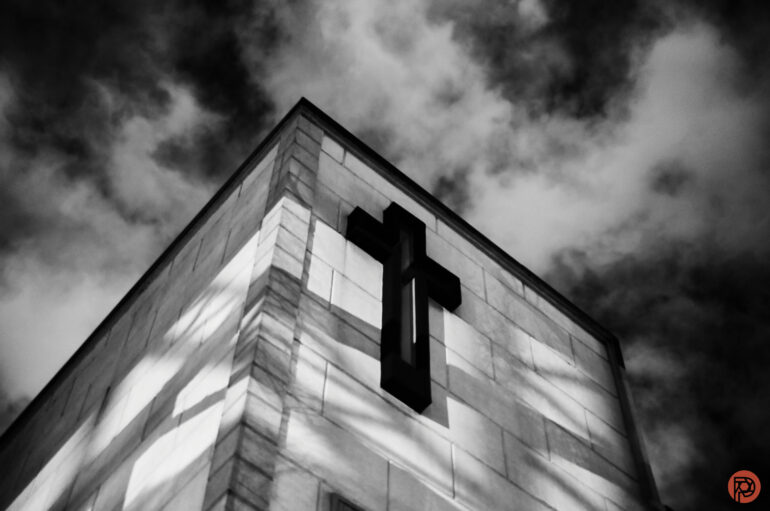
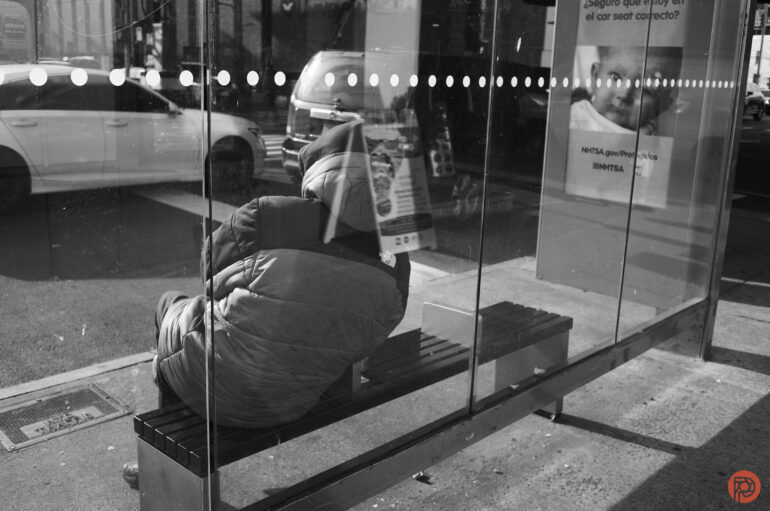
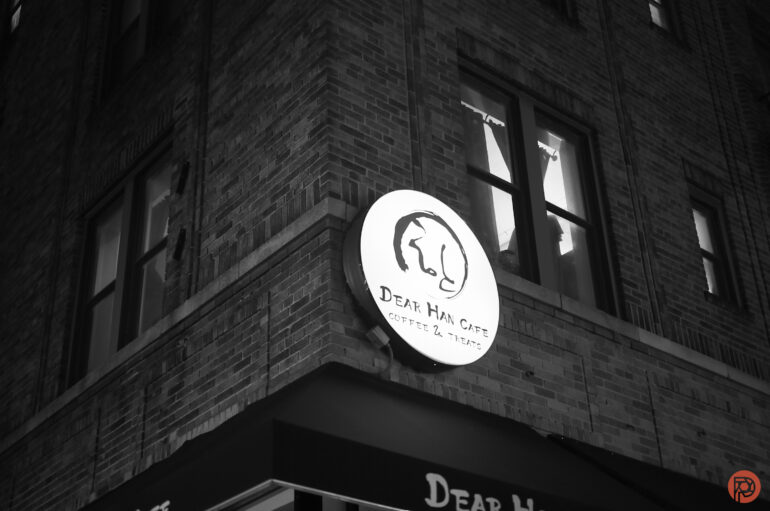

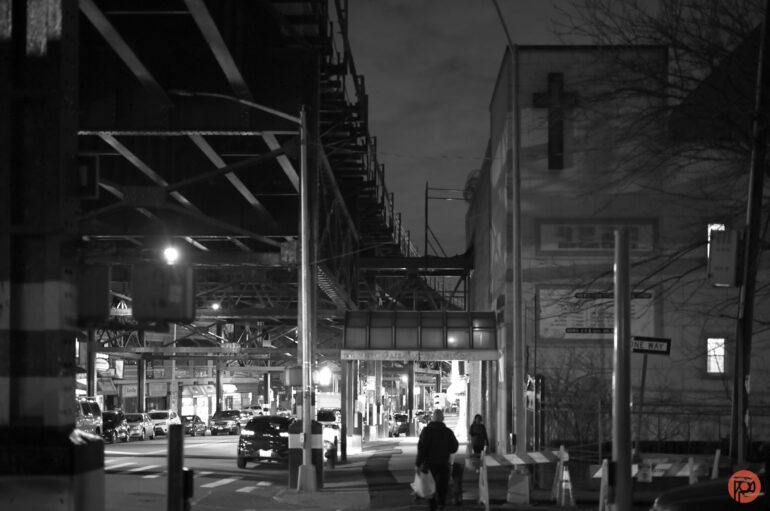
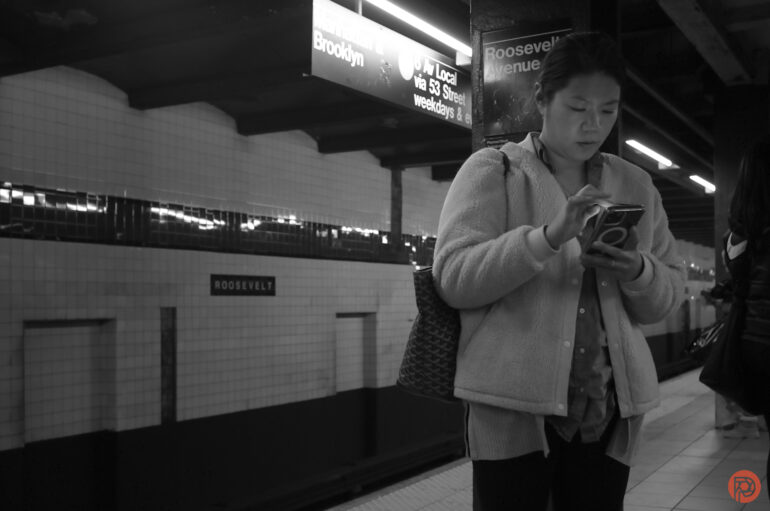
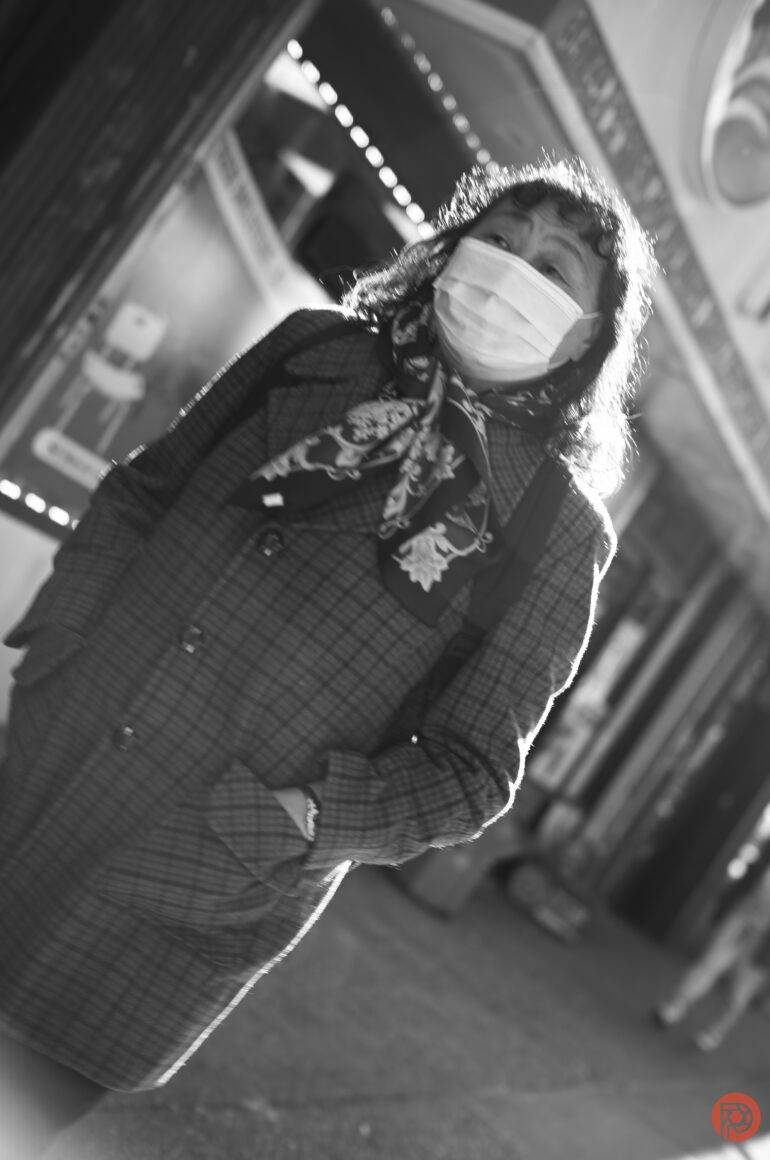

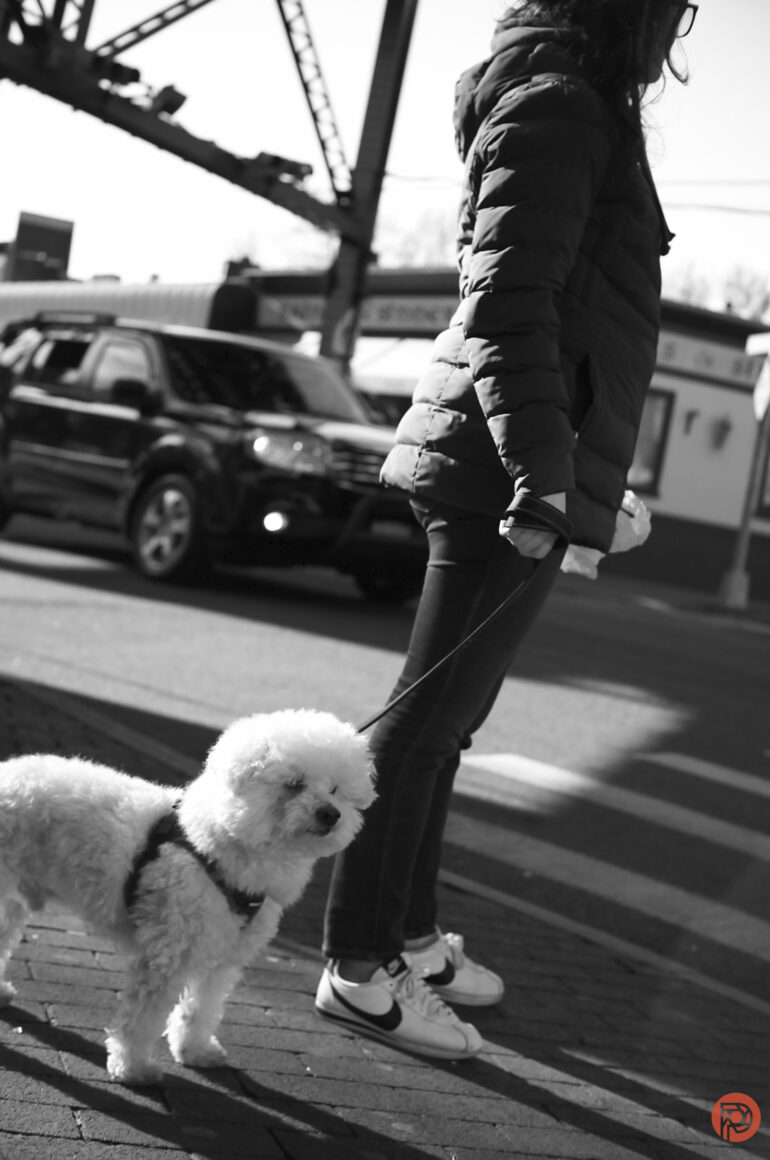
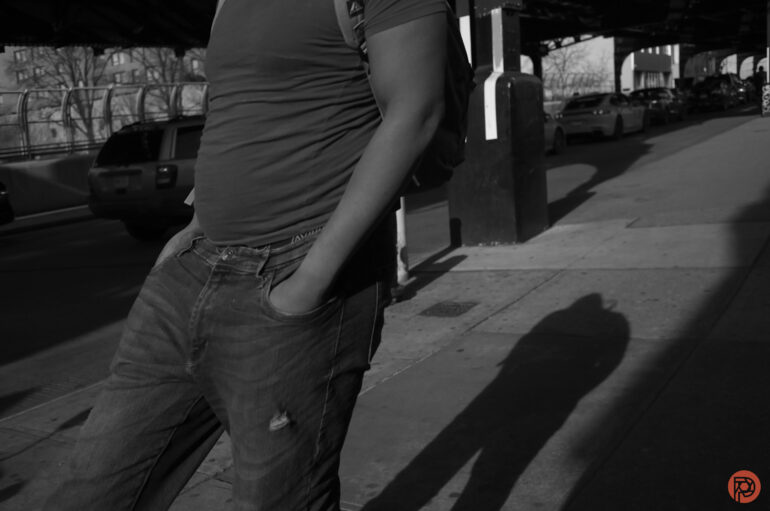

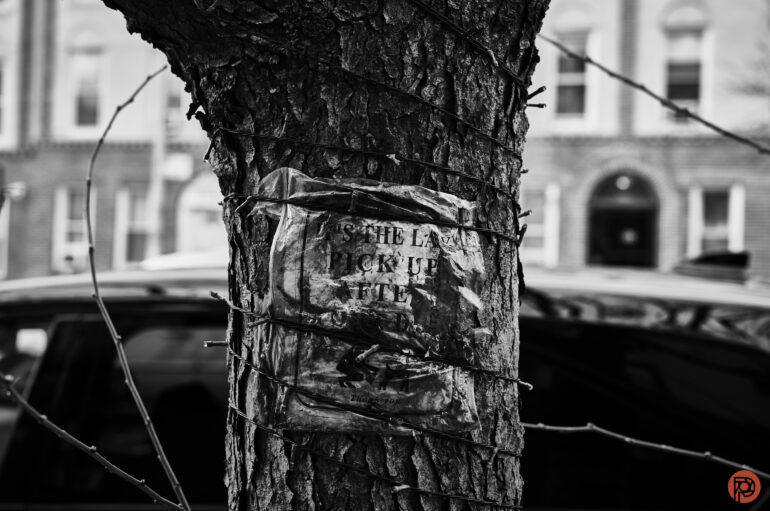
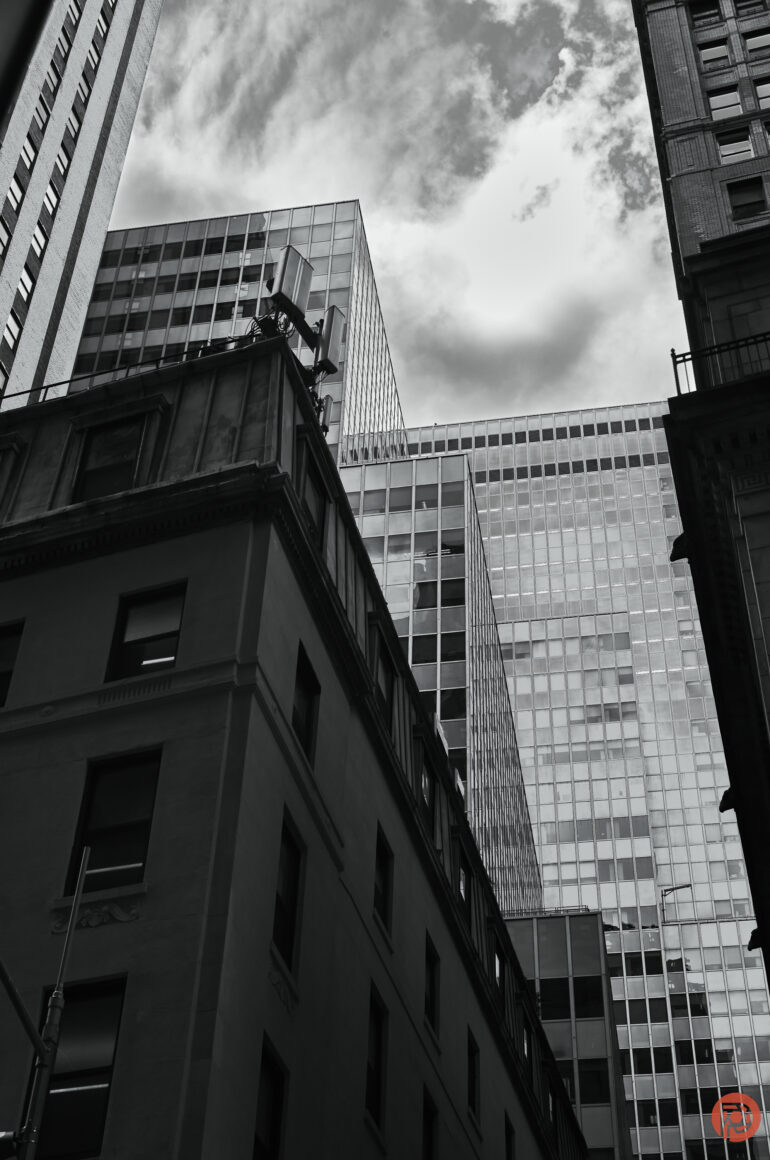
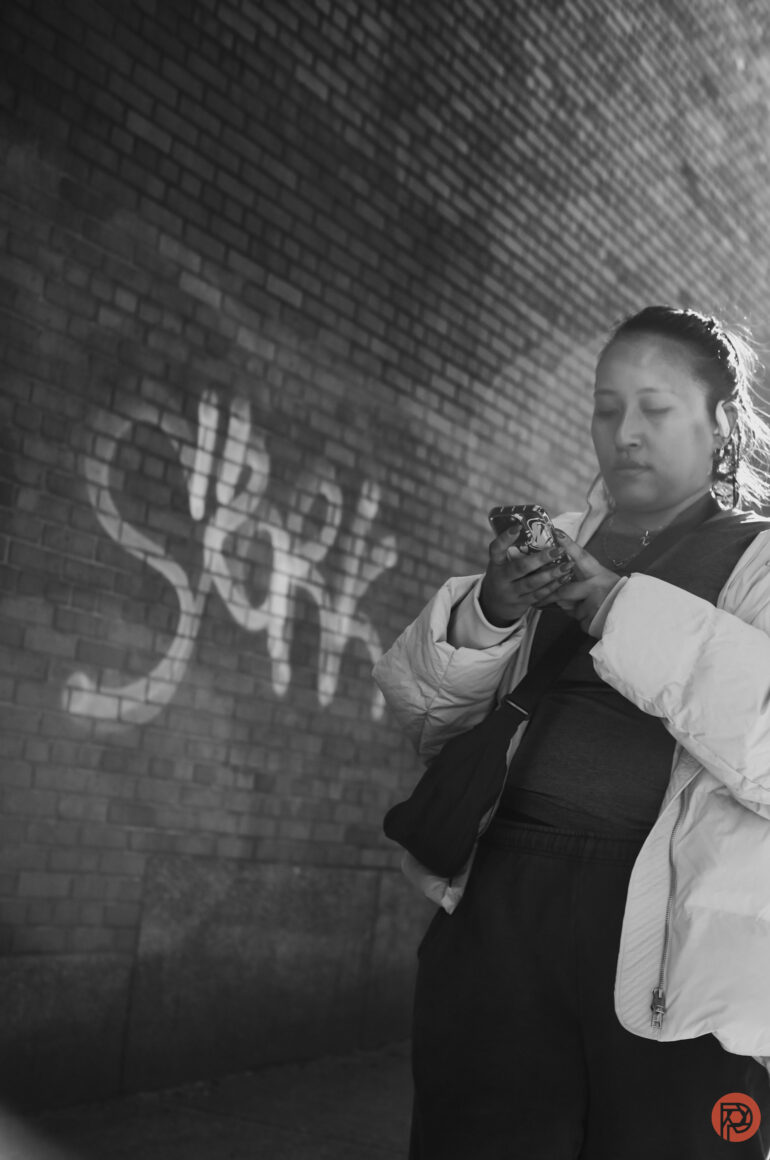
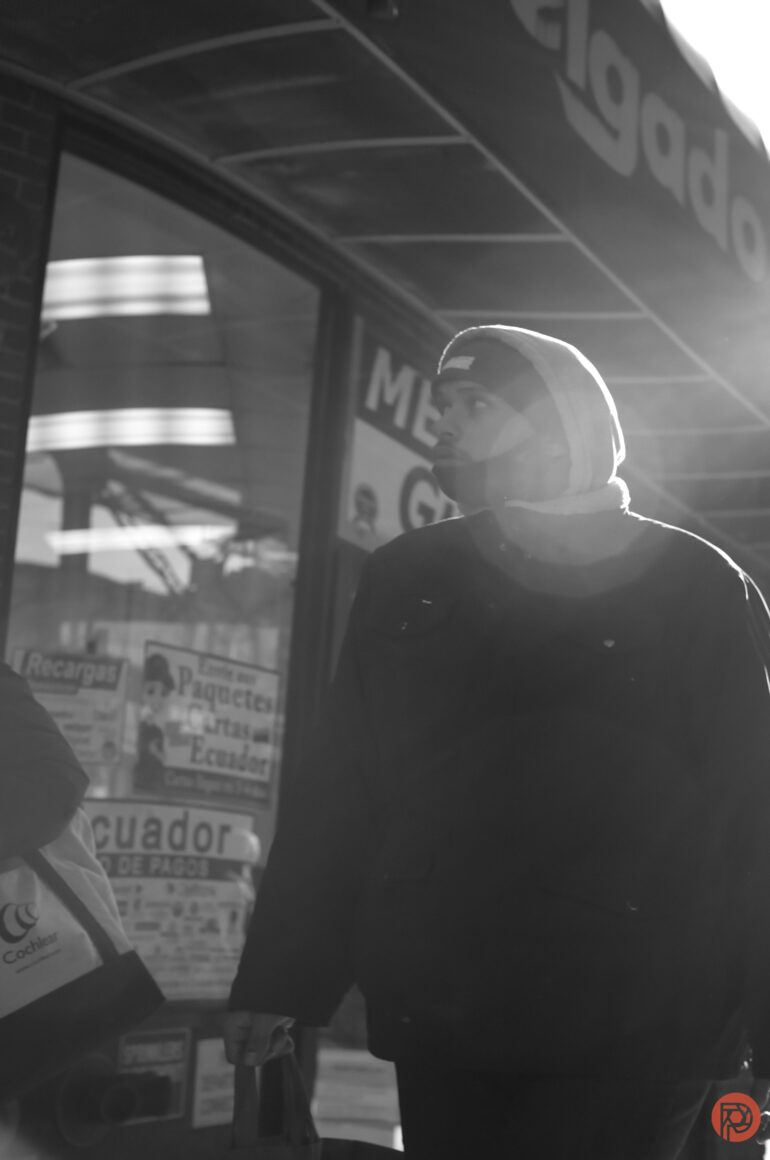


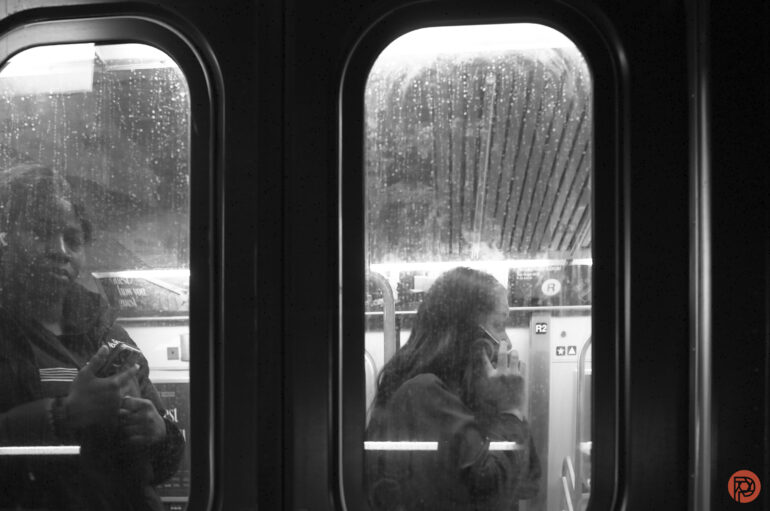
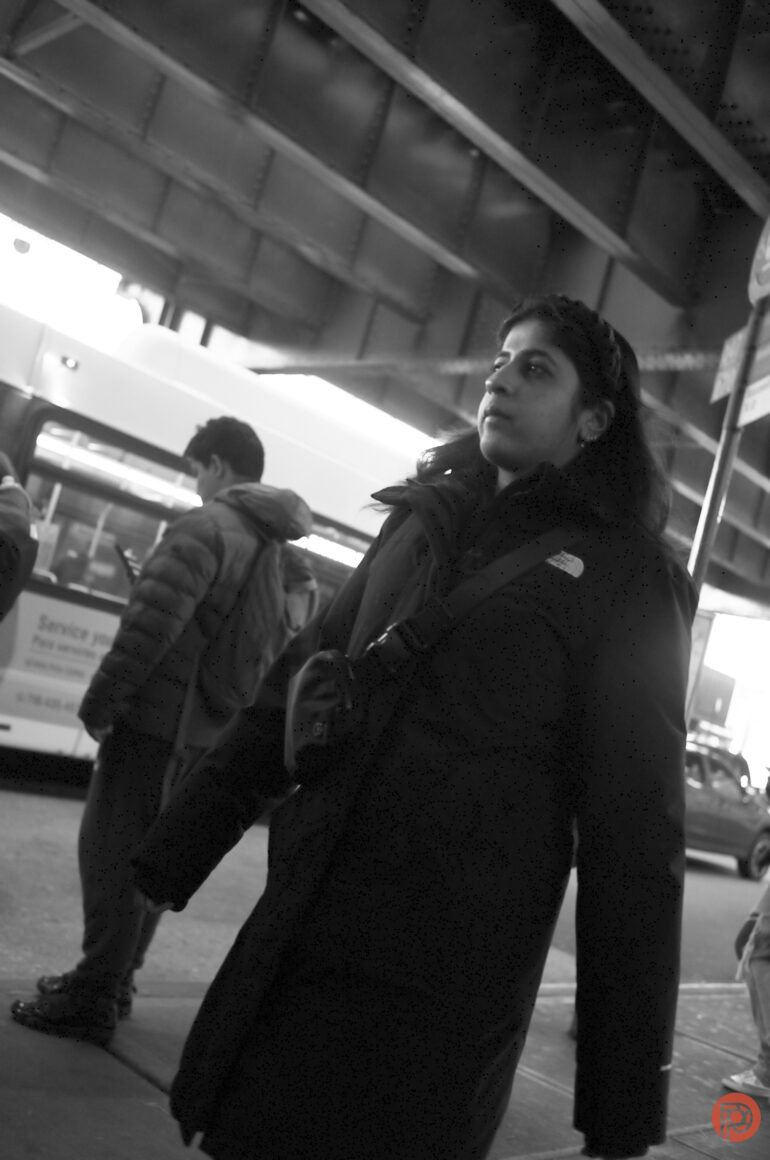
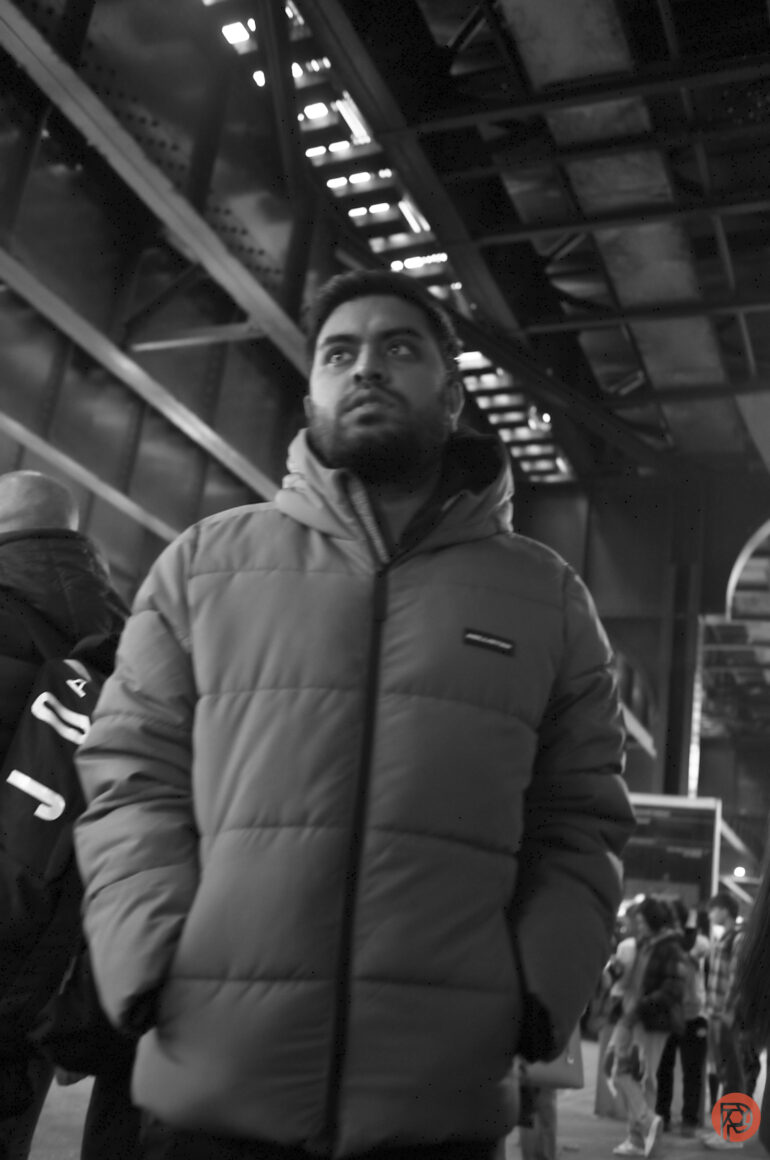


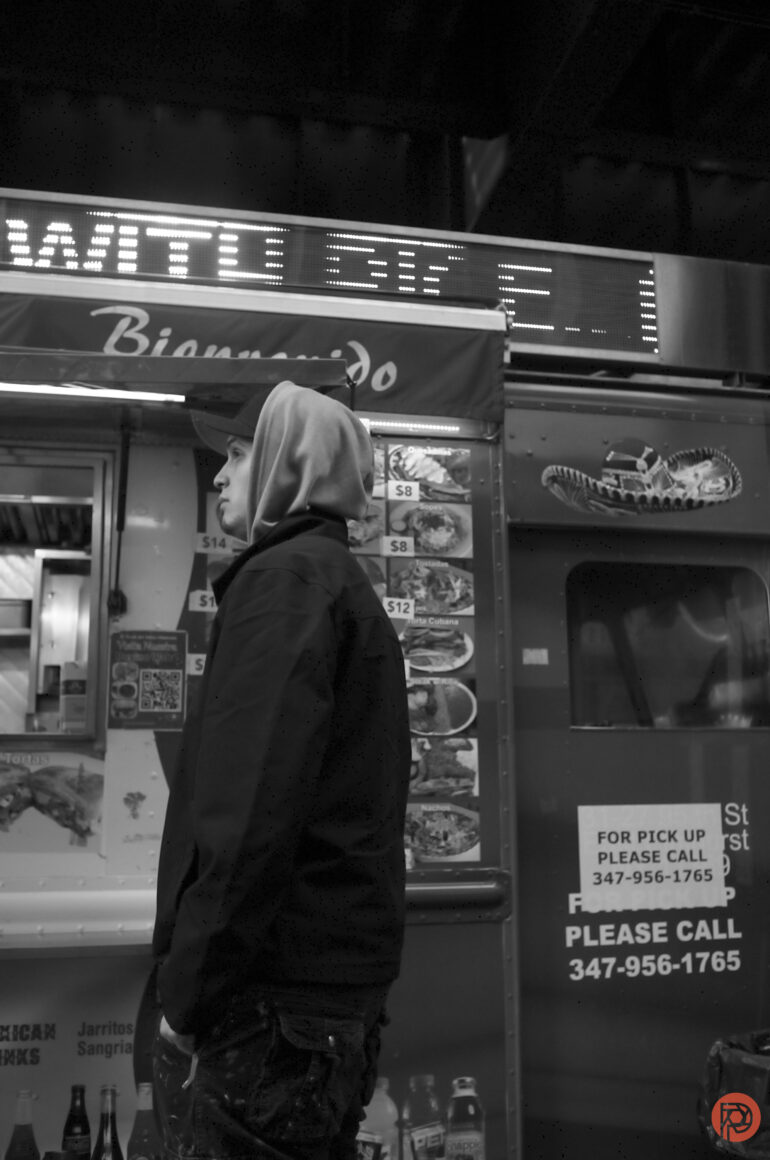
No One Needs It. But Do You Want It?
Do you need the Leica M11 Monochrom? No. Arguably, you could do the same thing with a Fujifilm X Pro 3 set to Acros mode. But you wouldn’t get the versatility of the M11 Monochrom’s RAW files as it’s a full-frame sensor. The Leica M11 Monochrom is for a photographer that shoots mostly in black and white and that wants the freedom that that style of photography gives you. And most of all, it will make you think and shoot in a completely different way. I adore black and white, but I mostly personally shoot in color. So if anything, I’d rather reach for the Leica M11 instead.


